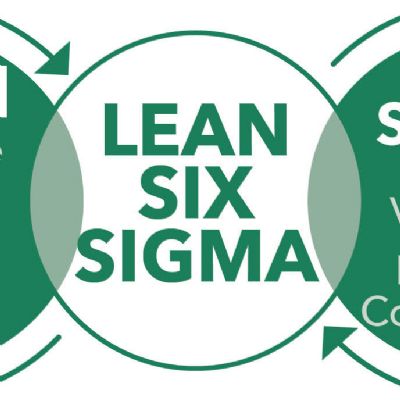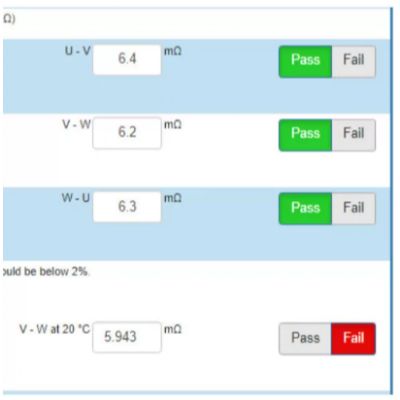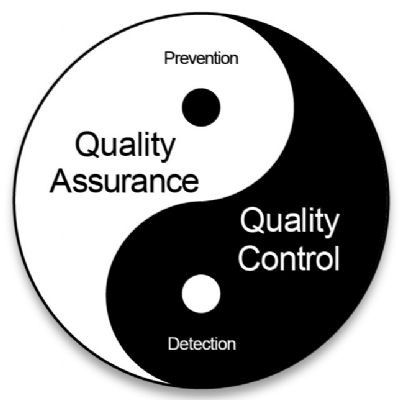Applying an Agile Framework for Quality
The key to succeeding in any contract-manufacturing partnership is defining the initial cost targets with a clear understanding that quality levels, yield rates and on-time delivery performance will never be sacrificed for a lower price. Quality, efficiency, customer delivery dates and supply-chain performance are not negotiable. Think in terms of a framework and stay agile—inflexibility can make an outsourcing partnership too structured, causing it to fail.
Partnerships between contract manufacturers and their customers should begin with clearly defined goals for costs and pricing. However, do not allow costs and pricing to dominate these partnerships. Be sure to focus on what matters most: achieving a high percentage of perfect order manufacturing performance; reducing cycle times; improving on-time delivery percentages; and increasing quality.
Here we present three strategies that contract metal formers should consider in order to consistently maintain high product quality at a competitive price.
- Serve as an extension of the customer. Contract metal formers should not position their facilities as just one more shop floor producing parts or products for their customers. Conversely, the most successful and profitable partnerships develop when customers treat their suppliers as they would their own production facility. Supporting visibility and accountability across shop floors to ensure consistent product quality measures is central to establishing and maintaining this relationship. Contract metal formers should strive to report back on yield rates, machine stability and efficiency, and, in some cases, overall equipment effectiveness (OEE) of the machines used for production.
- Focus on value, not costs alone. Partnerships between OEMs/Tier Ones and contract manufacturers quickly will become transactional—and stay there—if the parties focus only on cost. Instead, both should share information in real time, including quality metrics, compliance reporting, track-and-traceability data and monitoring data.
- Collaborate in real time. The best-managed partnerships form as a result of well-orchestrated operations. The key to making this strategy work: using a real-time dashboard of quality management and compliance metrics that includes machine utilization levels, scrap rates, cycle times, reject codes, downtime hours and OEE performance—down to the workcenter level. MF
See also: Dassault Systemes
Technologies: Management, Quality Control
Comments
Must be logged in to post a comment. Sign in or Create an Account
There are no comments posted. Management
ManagementUse Lean Six Sigma for Efficiency & Quality Improvement
Daniel Schaeffler October 27, 2023
Seeking Small Victories: Continuous Process Improvement
Daniel Schaeffler September 25, 2023
 Quality Control
Quality ControlIn-Process Inspection Software Provides Real-Time Visibility
Tuesday, March 28, 2023







